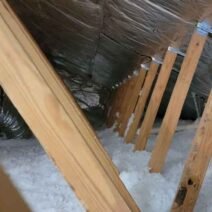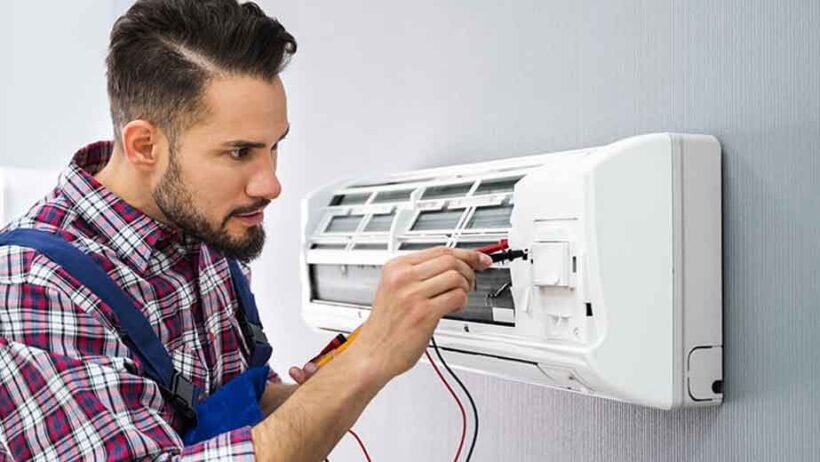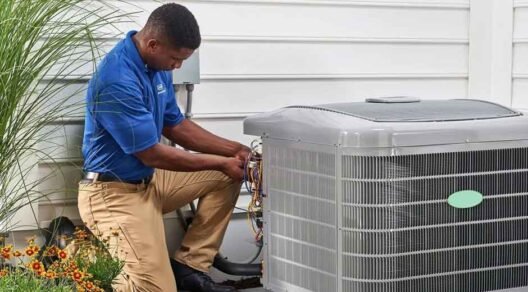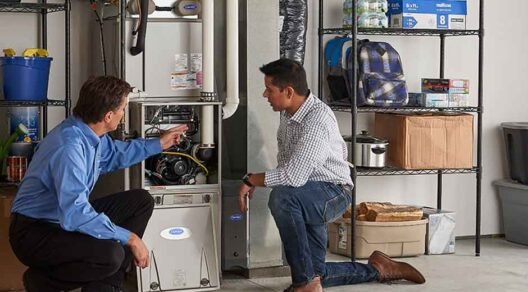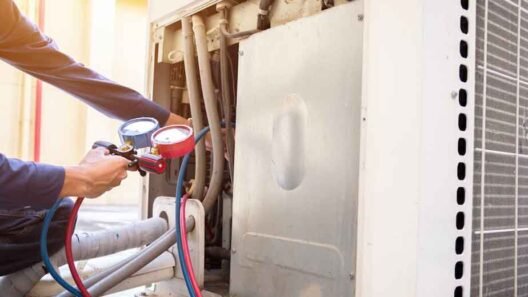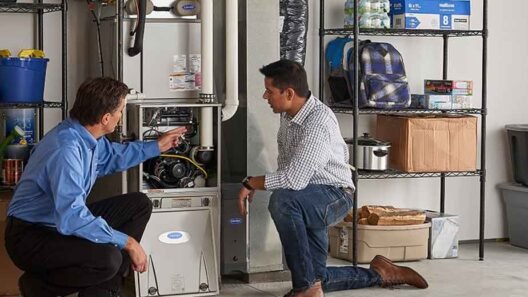A malfunctioning air conditioner can quickly disrupt the comfort of your home, leaving you frustrated and unsure of what to do next. Knowing how to identify and communicate the problem effectively when contacting a technician can save time and reduce costs. We will explore practical ways to troubleshoot common AC problems, recognize symptoms, and prepare the right information before a professional arrives. This proactive approach helps ensure that your system gets the attention it needs efficiently and accurately, avoiding unnecessary delays or repeated visits. By understanding basic troubleshooting techniques, you can clearly describe the issue, making it easier for technicians to provide the appropriate solutions.
Preparing for Technician Assistance
- Check the Power Supply and Thermostat Settings
Before calling a technician in Riverside, CA, confirm that your AC is receiving power and that your thermostat is set correctly. Sometimes, the problem may be as simple as a tripped circuit breaker or a malfunctioning thermostat. Turn off your AC and inspect the breaker panel for any switches that may have flipped. Verify that the thermostat is set to cooling mode and the temperature is lower than the current room temperature. Noting these basic checks and mentioning them to the technician can prevent unnecessary troubleshooting steps, allowing the technician to focus on more complex issues. Clear communication about what you have already checked helps streamline the repair process.
- Inspect Air Filters and Vents
Clogged air filters and blocked vents are common causes of reduced airflow and inefficient cooling. Before calling a professional, inspect your filters and replace them if they are clogged or dirty. Ensure that all vents are open and unobstructed by furniture, curtains, or other objects. When reporting the issue, please provide details about the filter condition and vent accessibility. This information enables the technician to quickly identify whether airflow issues are contributing to the AC malfunction. Taking these simple steps not only helps in communicating the issue but can sometimes resolve minor problems without requiring extensive intervention.
- Note Unusual Noises or Odors
Strange sounds or smells emanating from your air conditioning system are valuable diagnostic clues. Listen for banging, rattling, or hissing noises, which may indicate mechanical or refrigerant issues. Musty or burning odors can signal mold growth, electrical problems, or overheated components. When contacting a technician, describe these sensations as accurately as possible, noting when they occur and whether they are constant or intermittent. Detailed observations enable the technician to prioritize the areas that require immediate attention, ensuring a quicker and more accurate assessment of your system’s condition.
- Check for Water Leaks or Excess Moisture
Air conditioners can sometimes develop leaks in the condensate drain line or pan, leading to water pooling near the indoor unit. Inspect the area around your AC for signs of moisture or dripping water. Documenting the location, amount, and timing of the leakage can provide essential information for the technician. Water issues often accompany drainage problems or coil malfunctions, and sharing this data allows the technician to address the root cause rather than just the symptoms. Properly preparing this information ensures a smoother repair process and helps prevent recurring problems.
- Monitor Cooling Performance and Temperature Consistency
Pay attention to how well your AC cools your space and whether temperatures remain consistent throughout your home. Notice any rooms that are significantly warmer than others, uneven cooling patterns, or sudden drops in performance. Record the temperature settings and how the system responds over time. Communicating these details to the technician helps pinpoint whether the problem lies in refrigerant levels, ductwork, or mechanical components. Providing specific observations saves diagnostic time and ensures the technician can focus on the most likely causes of inefficiency or uneven cooling.
- Gather System Information and Maintenance History
Having your air conditioning system’s model, age, and maintenance history at hand is extremely helpful when calling a technician. Include any recent repairs, replacements, or tune-ups that might influence current performance. Providing these details allows the technician to understand potential recurring issues and tailor their approach based on the system’s history. This proactive step ensures more accurate troubleshooting and helps avoid unnecessary replacements or repeated service calls. Keeping a record of past maintenance also demonstrates that the system has been cared for, which can influence the technician’s recommendations.
- Describe Environmental and Usage Factors
The surrounding environment and usage patterns can affect AC performance. Note if windows or doors are frequently left open, if there are heat-producing appliances nearby, or if there has been an unusually high workload on the system due to hot weather. Mentioning these factors can help the technician assess whether operational conditions are contributing to the problem. Clear communication about these external influences allows the technician to consider all variables when diagnosing the system, ensuring that any repairs address both internal malfunctions and environmental challenges.
- Document Error Codes or Indicator Lights
Modern air conditioners often display error codes or light patterns when an issue arises. Carefully note any codes or blinking lights on the unit, as well as the circumstances under which they appear. These codes provide technicians with a direct indication of what the system has detected as a fault. By relaying this information accurately, you give the technician a head start in troubleshooting, which can potentially speed up the repair process. Even if you do not understand the codes yourself, recording them can prevent unnecessary guesswork and ensure a more precise diagnosis.
Effectively troubleshooting your air conditioning system before calling a technician involves careful observation, documentation, and preparation. By checking power sources, inspecting filters, noting unusual noises, monitoring performance, and providing system history and environmental details, you create a clear picture of the problem. Accurate communication of this information enables technicians to diagnose issues promptly and implement solutions effectively. This approach minimizes guesswork, reduces repair time, and can even prevent minor issues from escalating into major failures. Taking these steps ensures that your home remains comfortable and that your air conditioning system receives the necessary attention promptly.


